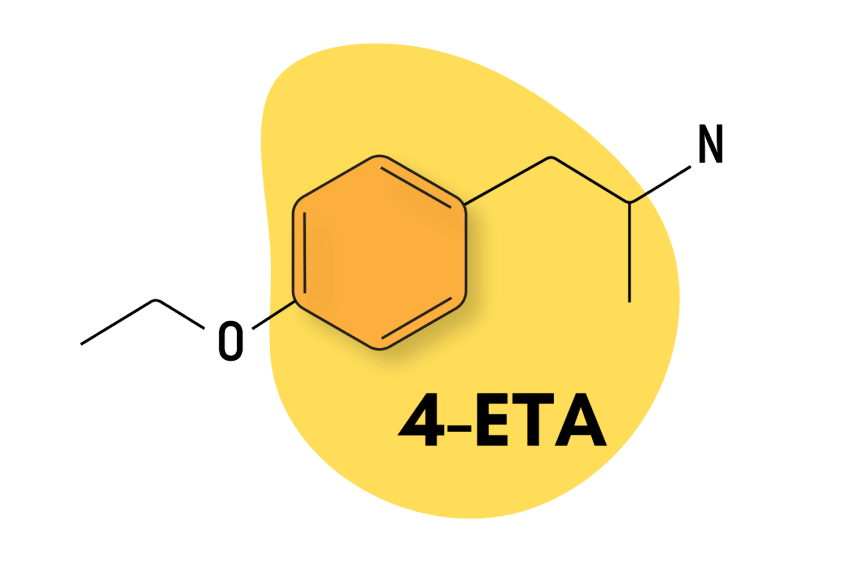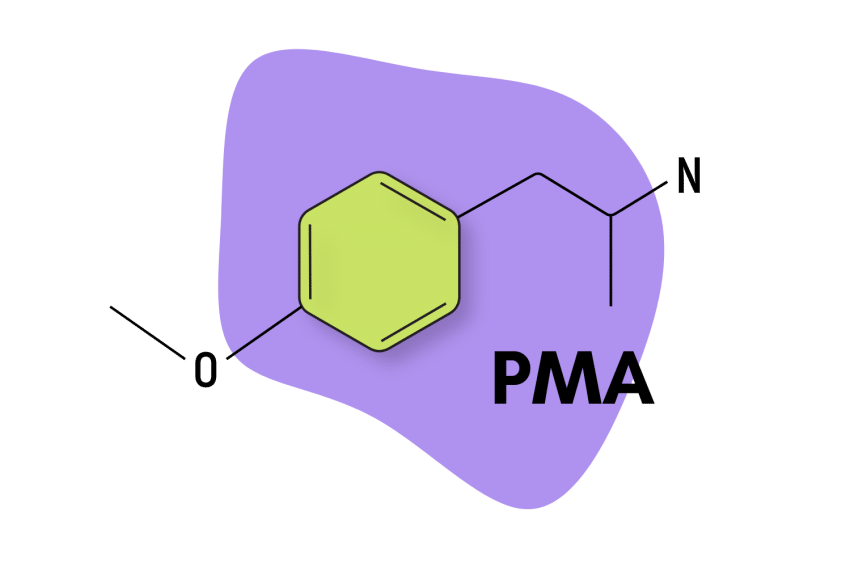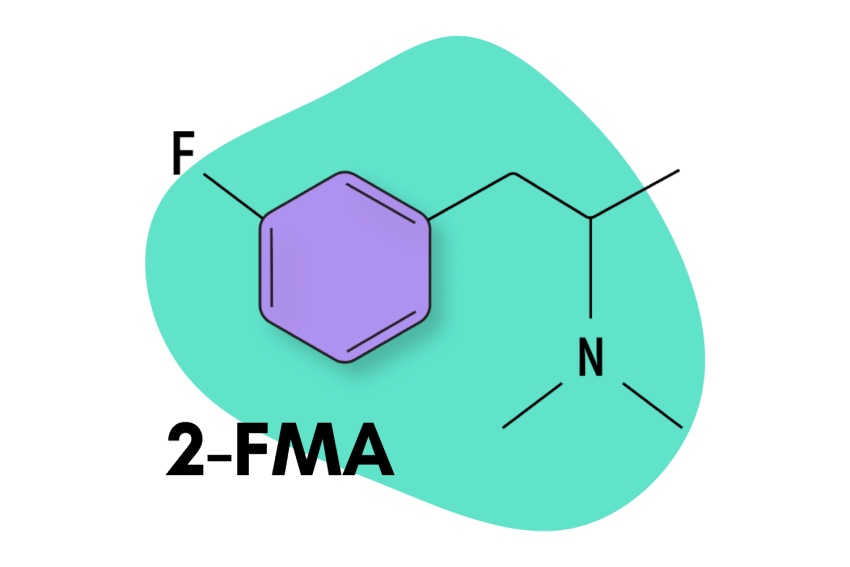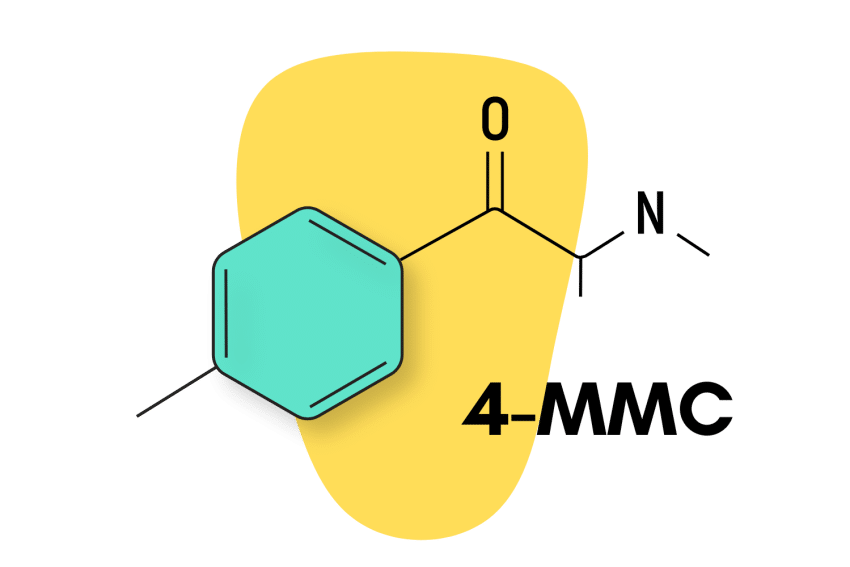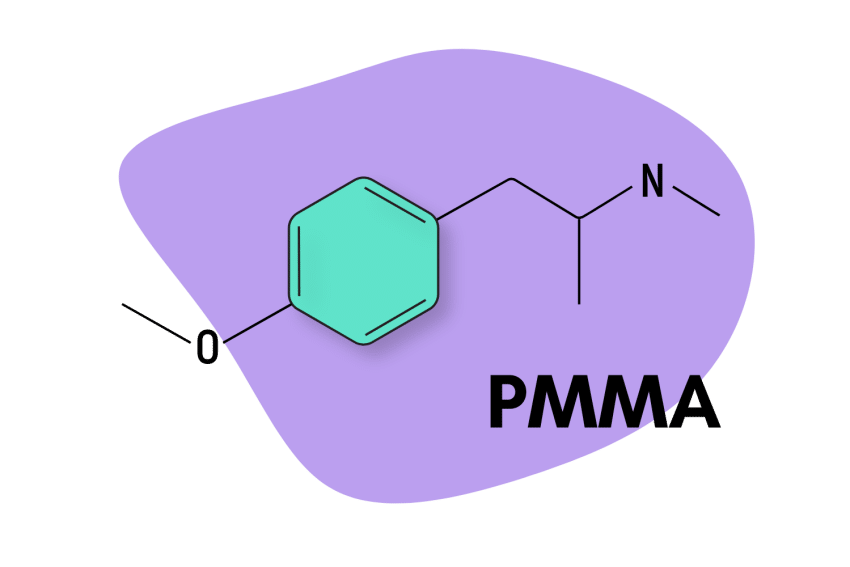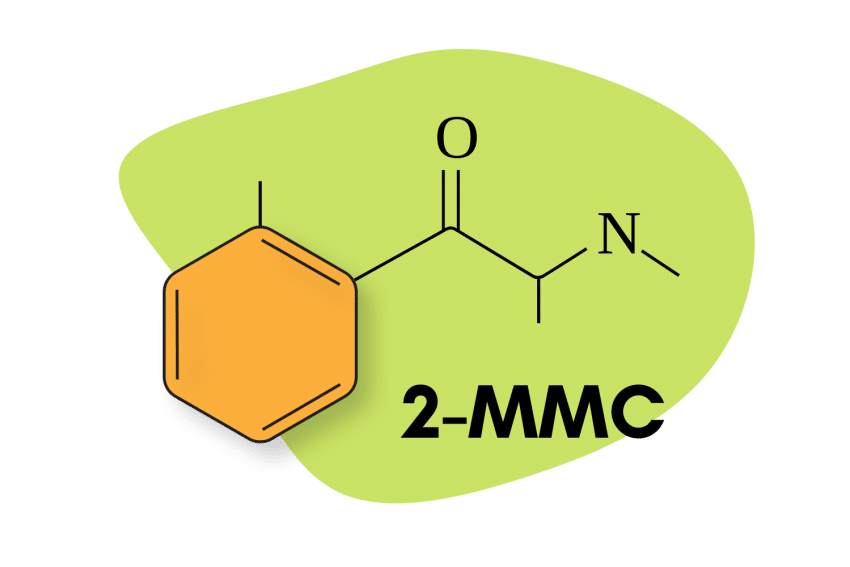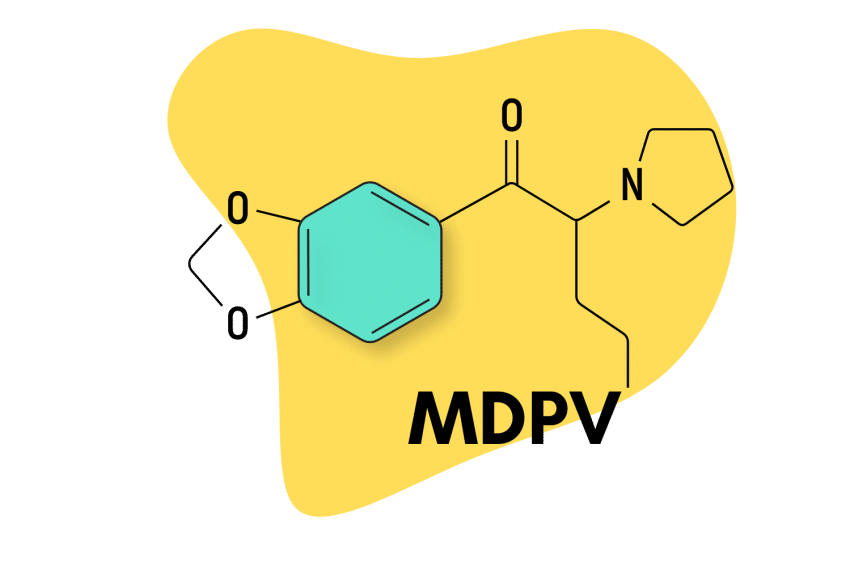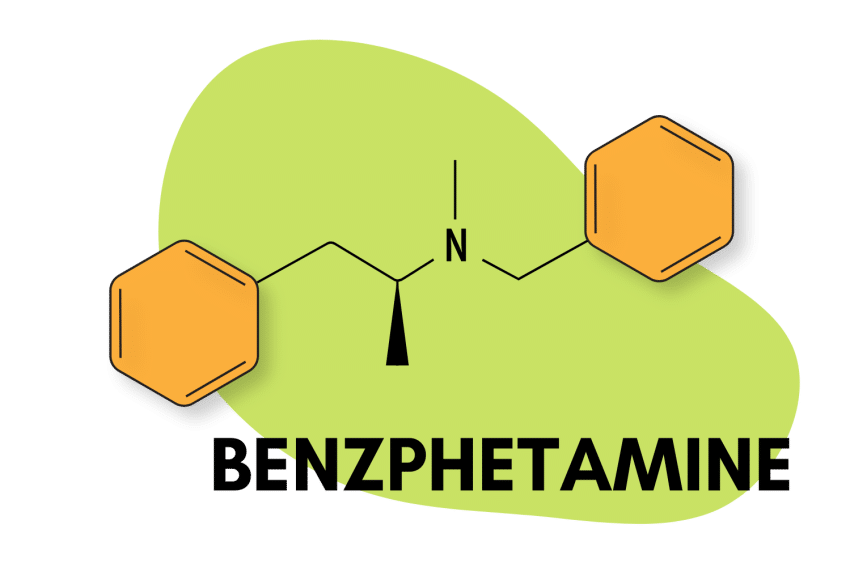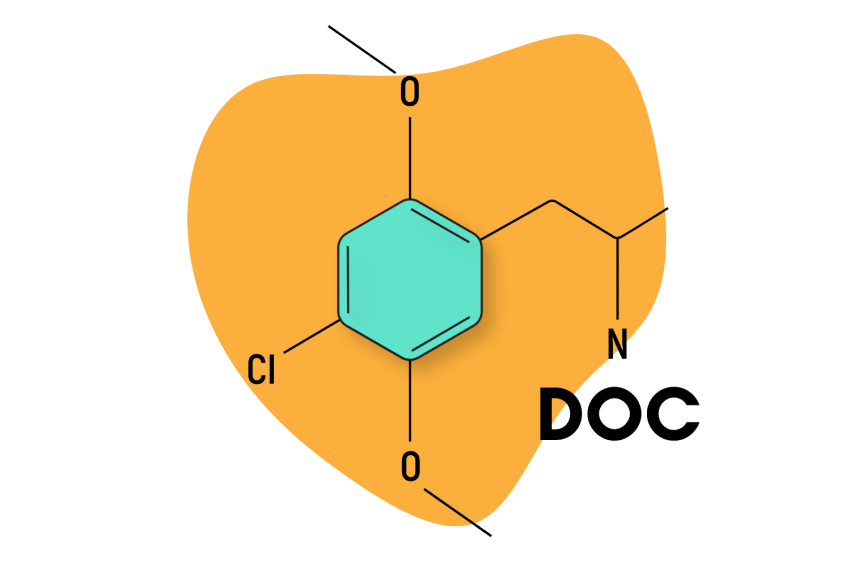DON: A Tricky Psychedelic That’s Hard to Handle
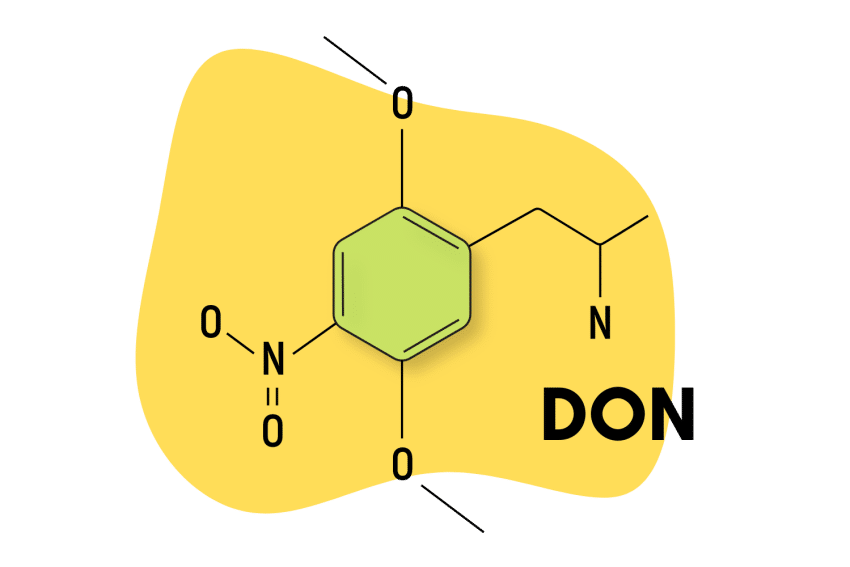
DON (2,5-Dimethoxy-4-nitroamphetamine) is one of the lesser-known psychedelic amphetamines created by Alexander Shulgin in his attempt to create new mescaline-inspired compounds.
DON is an analog of the more popular compounds DOM and DOB and is also closely related in structure to 2C-N.
DON belongs to the subcategory known as DOX compounds, a class of potent and long-lasting psychedelics that enjoy considerable popularity among the growing psychonaut community.
Regrettably, there isn’t a lot of information available on DON. Most of what we know comes from Shulgin’s original notes and some scattered user-generated information found on designer drug forums.
At the moment, DON is unscheduled in the United States, which means it exists in a sort of legal gray area. Due to its close structural similarity with scheduled compounds such as DOM and DOC, the purchase and use of DON, although not technically a crime, could be considered illegal and subject to prosecution under the Federal Analog Act.
DON Specs
| Chemical Name | 2,5-Dimethoxy-4-nitroamphetamine |
| Level of Risk | Low to moderate |
| Other Names | N/A |
| Most Common Side Effects | Psychosis, seizures, anxiety, paranoia, agitation, confusion, increased heart rate and blood pressure, palpitations, chest pain, and difficulty breathing. |
| Duration of Effects | Eight to fifteen hours |
| Estimated Threshold Dose | 1 mg |
| Common Dose | Three to five mg |
| Legality/Status | Research chemical |
| PubChem ID: | 105432 |
| CAS# | 67460-68-8 |
Tripsitter Safe DON Guidelines
- 🐍 I understand why substituted amphetamines should be treated with respect
- ⚖️ I’m familiar with the laws for substituted amphetamines in my country & state
- 🍄 I’m familiar with and confident in the dose I’m taking
- 🧪 I’ve tested a sample of the substance I’m using with a drug-testing kit
- 💊 I’m not mixing any medications or other substances with DON
- 🏔 I’m in a safe & comfortable environment with people I trust
- 🐺 One of the members of my group is responsible and sober (AKA a trip sitter)
- ⏳ I have nothing important scheduled for after the trip
- 🧠 I’m in a sound & healthy state of mind
- ❤️ I don’t have any underlying health issues — don’t take DON if you have underlying heart, neurological, or psychiatric disorders
- 👭 Use the buddy system — DON can remove your inhibition and allow you to make unsafe decisions, always stay with people you trust, and never go out alone
- 🌵 I understand the risk of dehydration — it’s easy to become dehydrated while on DON, so make sure you’re drinking a cup of water every hour while using DON
- 🦻 Protect your hearing — music can be intoxicating while on DON, so protect your hearing and bring ear protection before you go out to a club or concert
What Are The Effects of DON?
There are no official studies on the effects of DON, and its relative obscurity means the general effect profiles aren’t well defined. Only a few trip reports exist on Reddit or other research chemical communities, and we at Tripsitter haven’t had a chance to test this one out.
However, as a member of the DOx family, here are the general effects you can expect when consuming DON:
- Long-lasting — the effects of DON are believed to last up to 10 hours in total.
- Delayed onset — like most DOX compounds, DON can take between 1 and 3 hours to kick in.
- Potent psychedelic action — DON can take a while to settle in, but the experience is reportedly very intense.
- Tactile perception — DON is one of the more tactile psychedelics, altering the way textures and temperature feel on the skin.
- Physical side effects — because of the potency of this drug mixed with the tactile effects, DON has a higher tendency to cause unwanted side effects and body load.
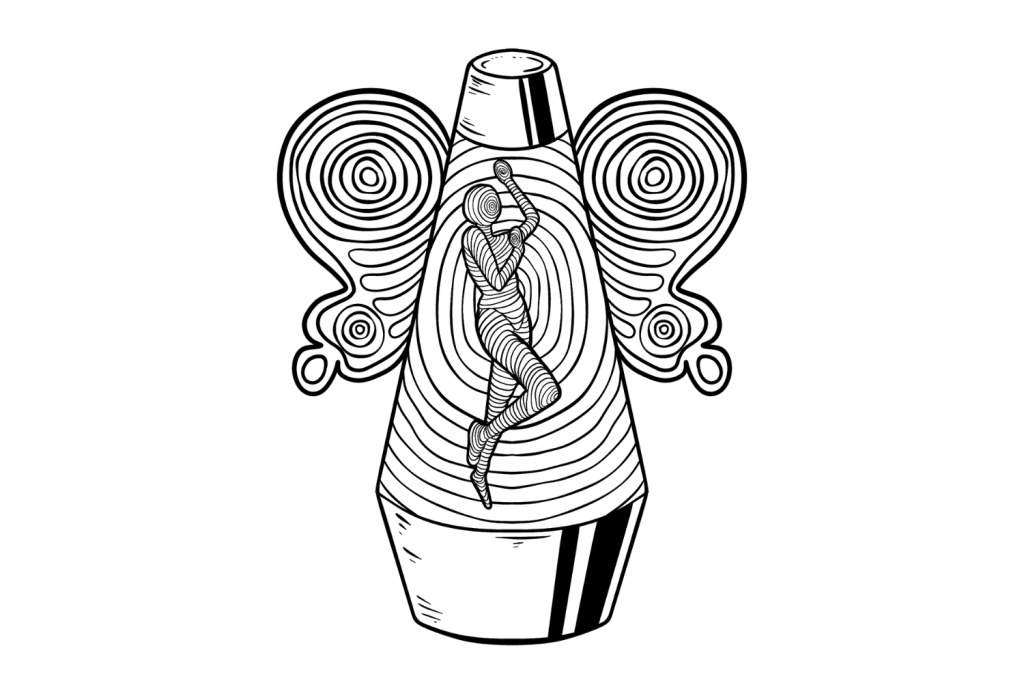
DON Trip Reports
In general, the impressions of DOB seem to be quite mixed. On low doses, many people complain about not experiencing enough psychedelic effects and an excess of physical side effects and paranoia. On the other hand, those who utilize higher doses do seem to like the effects of DOB but also report the possibility of overstimulation.
It would seem DOB is one of those compounds where taking just the right dose is extremely important to the enjoyableness of the experience. Unless you’re an experienced psychonaut, we would suggest you stay away from this one.
Trip Report #1:
My stomach had settled, so no real side effects except for slight shaking of the limbs. Noticed an increase in stimulation and a little bit of added confusion. Colors seem really bright, but no visuals. Similar to a come up on a low (1.5 mg) dose of DOB, except that there is a lot more stimulation and a lot fewer side effects. This is nearing the ‘peak,’ I suppose. Not much of a psychedelic aspect here, really, just a nice, even at times, calming stimulation that goes like this: I do not feel the uncontrollable urge to do stuff like with amphetamines. Anything even closely resembling a psychedelic experience was gone after the come-up, and the only thing left was the semi-euphoric stimulation that lasted another 15 hrs before subsiding.

Trip Report #2:
Skip forward an hour or so. I am now definitely tripping and getting the same type of colorful fractal shifting I remember from my DOB trip (as well as numerous 2c-b trips), only nowhere near the intensity. Skip forward another hour or two. I seem to have peaked. The annoying stimulation seems to come and go in waves. Whenever it’s there, I have a touch of nausea; whenever it’s not there, I have a great body rush.
Is DON Safe? Risks & Side Effects
All compounds carry a certain level of risk. However, when compared to the majority of recreational substances out there, psychedelics like DON are on the safer side.
The biggest risk when it comes to DOx psychedelics is the following:
1. Excessive Stimulation
As amphetamine-based molecules, DOX compounds (including, but not limited to, DON) are not only psychedelic but also mildly to moderately stimulant.
Stimulation is a well-studied pharmacological effect, and its main risks, such as hyperthermia, abnormal heartbeat, heart disease, and seizures, are well known.
2. Serotonin Syndrome
Other serotonergic compounds like MDMA have been found to have the potential to cause long-term serotonin depletion, which can negatively affect mood and even cause depression.
While this remains unconfirmed, it’s likely that DON carries a similar level of risk, especially if combined with other drugs that affect serotonin levels (both illicit and prescribed).
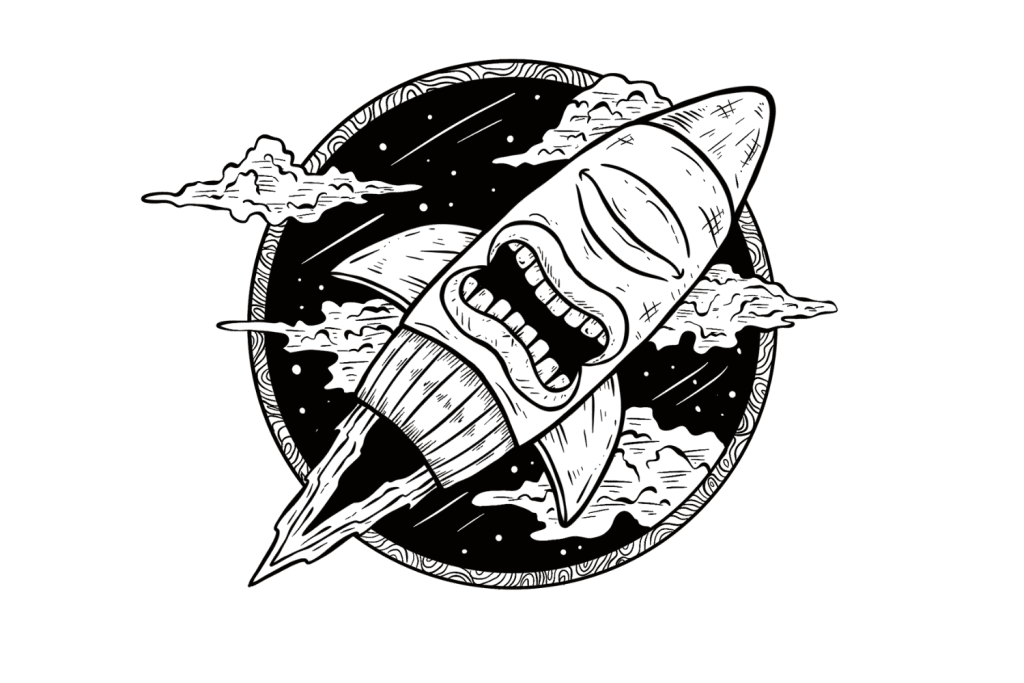
3. Psychosis or Delusional Thought Patterns
It’s well established that psychedelics have the potential to induce psychotic symptoms in users, usually as a result of a “bad trip.”
In rare cases, psychedelics not only cause psychotic symptoms but go on to catalyze larger psychotic episodes, which can last for a long time and might permanently affect a person’s mental health.

